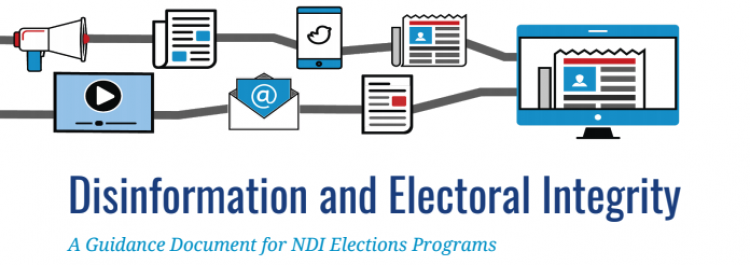 Nationalists and populists are attempting to exploit frustrations with the European Union to question fundamental democratic values in Central and Eastern Europe, while such external forces as Russia or China are taking advantage of polarized societies to weaken the EU and NATO, says the latest GLOBSEC Trends 2019 report.
Nationalists and populists are attempting to exploit frustrations with the European Union to question fundamental democratic values in Central and Eastern Europe, while such external forces as Russia or China are taking advantage of polarized societies to weaken the EU and NATO, says the latest GLOBSEC Trends 2019 report.
But is it really so effective? Do these narratives affect how people in the CEE see the EU or NATO? Whose values do the CEE citizens align with? Whom do they perceive as a threat to the national security? Do anti-democratic narratives affect them at all? GLOBSEC researchers Daniel Milo, Katarína Klingová and Dominika Hajdu ask in GLOBSEC Trends 2019: Central and Eastern Europe 30 years after the fall of the Iron Curtain.
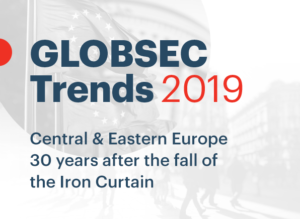 Drawing on surveys of more than 7,000 citizens from Austria, Bulgaria, Czechia, Hungary, Poland, Romania and Slovakia, the key findings include:
Drawing on surveys of more than 7,000 citizens from Austria, Bulgaria, Czechia, Hungary, Poland, Romania and Slovakia, the key findings include:
- Support for the EU is increasing across the region despite rising Eurosceptic political forces in some countries. Yet, people often feel that the EU is ruled by a few big states and their representatives do not have a say on important issues.
- Despite the attacks of populists, the overwhelming majority in the CEE think that media and NGOs are important for democracy.
- NATO enjoys huge support among 7 in 10 Central and Eastern Europeans, who recognise its importance for their security. At the same time, 4 in 10 support the idea of setting up a European army as an alternative to NATO.
- Not everyone would like to see their country positioned in the West (only 35% on average). In the Visegrad Four, around half would prefer their country remain somewhere in-between East and West to get the “best of both worlds”.
- A majority of CEE citizens identifies with the EU’s values.
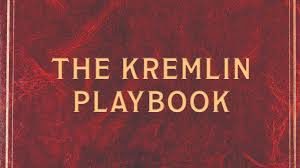
CSIS
Russia duped the West in the 2016 election, but their playbook has been exposed and last cycle’s trickery won’t work the same in 2020, argues Clint Watts, Distinguished Research Fellow at the Foreign Policy Research Institute, and author of Messing With the Enemy: Surviving in a Social Media World of Hackers, Terrorists, Russians and Fake News.
Populists on the political right were the primary focus of Kremlin influence heading into 2016, with the political left getting the remainder. This formula will likely reverse in 2020, he writes for The Daily Beast. It’s a plan the Putinistas’ predecessors have used before, he adds, citing the Soviets’ use of “active measures” [the subject of a forthcoming book by Johns Hopkins University’s Thomas Rid] during the Cold War.
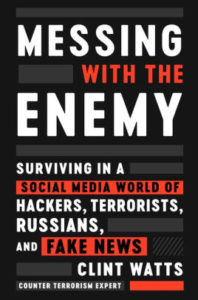 Almost everybody wants something done about disinformation. So why does it seem that nothing is changing? The New York Times observes of Disinformation’s Huge Inaction Problem. Instead of tech heavyweights and regulators doing nothing, maybe all of them should do … something? Jamie Condliffe asks:
Almost everybody wants something done about disinformation. So why does it seem that nothing is changing? The New York Times observes of Disinformation’s Huge Inaction Problem. Instead of tech heavyweights and regulators doing nothing, maybe all of them should do … something? Jamie Condliffe asks:
Rasmus Nielsen, a professor of political communication at Oxford University who studies misinformation, said Facebook could do more when misinformation was spotted without taking stuff down — act faster, give better warnings around the material, inform users that have shared it, be transparent about how it made decisions.
And Cass Sunstein, a legal scholar writing for Bloomberg Opinion, drafted a proposal for regulation blocking content, based on libel law, that he thinks may not infringe the First Amendment. It would ban videos that showed “people in a false and negative light and so are injurious to their reputations — unless reasonable observers would be able to tell that those videos are satires or parodies, or are not real.”
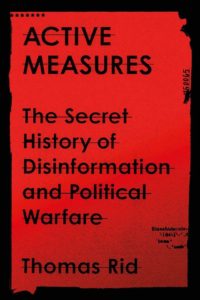 Inosmi.ru (below) is the Russian state media holding Rossiya Segodnya’s service for translating media content to Russian. It’s part of the same media conglomerate as Sputnik, RIA Novosti and a few other disinformation outlets, managed by Dmitriy Kiselyov, the Überpropagandist of the Kremlin, The Disinformation Review reports. The scope of Inosmi is impressive: media outlets from Australia to Zimbabwe, languages from Azerbaijani to Norwegian are translated to Russian. Neither language barriers, nor paywalls stop the translators from Inosmi.ru. EU vs Disinfo wrote about Inosmi in 2016, after a study from Ghent University. But Inosmi is the Kremlin’s vehicle for stealing news to shape others’ views, it adds. RTWT
Inosmi.ru (below) is the Russian state media holding Rossiya Segodnya’s service for translating media content to Russian. It’s part of the same media conglomerate as Sputnik, RIA Novosti and a few other disinformation outlets, managed by Dmitriy Kiselyov, the Überpropagandist of the Kremlin, The Disinformation Review reports. The scope of Inosmi is impressive: media outlets from Australia to Zimbabwe, languages from Azerbaijani to Norwegian are translated to Russian. Neither language barriers, nor paywalls stop the translators from Inosmi.ru. EU vs Disinfo wrote about Inosmi in 2016, after a study from Ghent University. But Inosmi is the Kremlin’s vehicle for stealing news to shape others’ views, it adds. RTWT
The strategic deployment of false, exaggerated or contradictory information in the electoral environment has been a potent tool for undercutting democratic principles, the National Democratic Institute adds. Its new analysis – Disinformation and Electoral Integrity: A Guidance Document for NDI Elections Programs (above) – outlines programmatic approaches to addressing the threat of disinformation in the electoral context, particularly the actions citizen election observers and international observers can take to mitigate, expose, and counter disinformation.
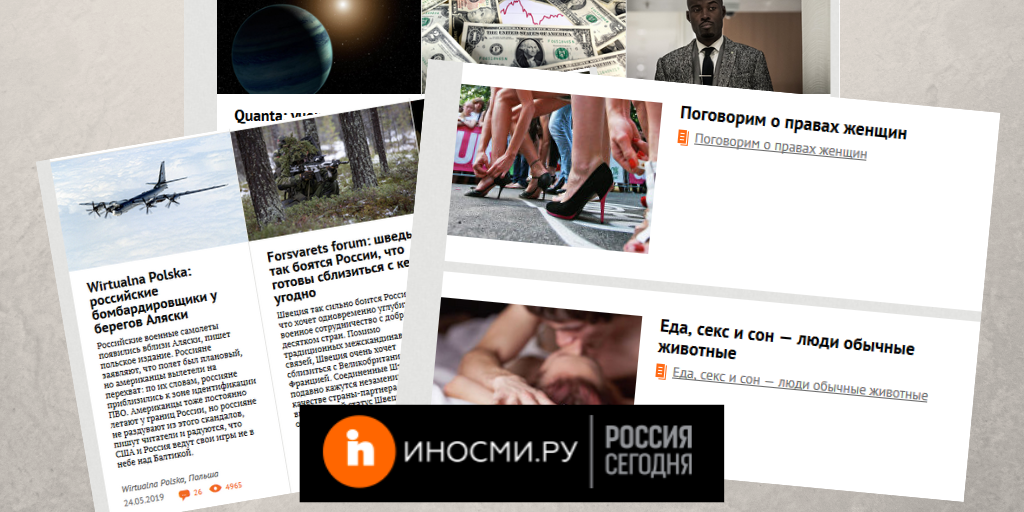
Disinformation Review







